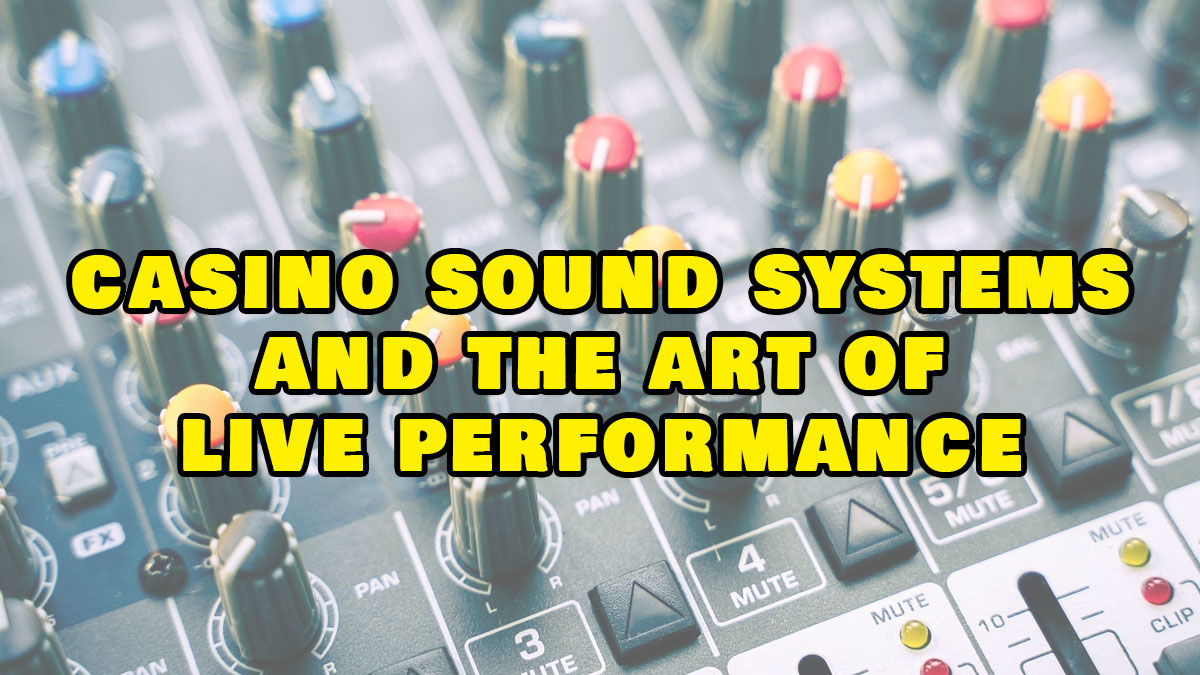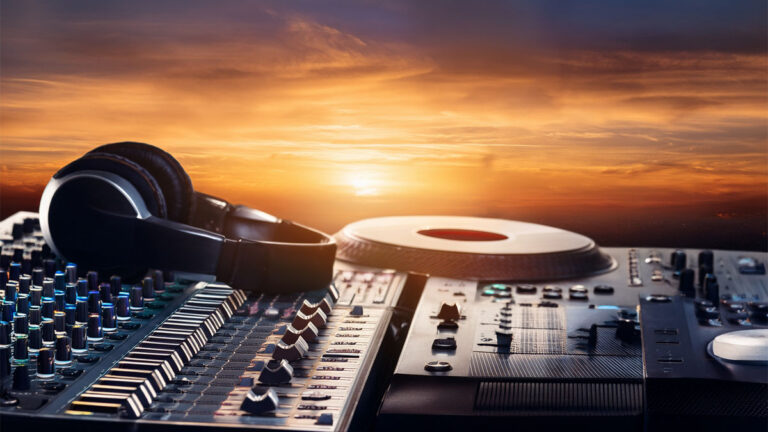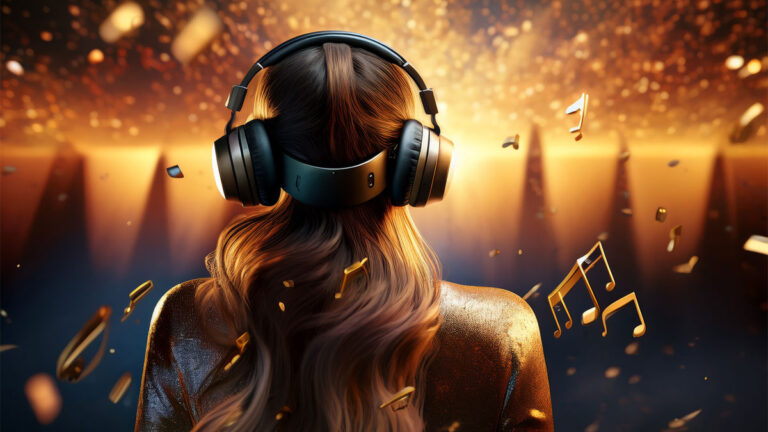Creating a mood that actually sticks with people, yeah, that’s partly physics and partly feel. In casinos, the trick isn’t just loud or quiet; it’s how sound bends around a space and, sometimes, how it nudges behavior without shouting for attention. Engineers map out zones, tune reflections, and lean on event-ready tech so the same building can whisper on the floor and roar in the theater. Some days it’s background warmth; on show nights it’s the whole room breathing with the band, ideally without frying anyone’s ears.
The Role of Audio in Casino Environments
Sound here isn’t decoration; it’s more like gentle steering. Or that’s the intent, at least. Large properties may run hundreds of speakers and subs, split into zones so a lounge can feel hushed while a bar two steps away feels alive. The zoning lets operators nudge volume, EQ, and playlist by area and time of day.
On a gaming floor, softer background music prevails, ensuring an inviting yet vibrant atmosphere. Meanwhile, in an online casino setting, customized playlists help to sustain engagement virtually. One recent study, take it with the usual caveats, suggests these tailored zones help maintain ambiance while letting staff pivot quickly for promos, watch parties, or whatever else the night asks for. It’s less about a single “right” level and more about not getting in the way of the moment.
Integration of Audiovisual Technology in Event Centers
When the room switches to show mode, the brief changes. Concert-grade rigs (line arrays or tight point-source designs, depending on geometry) pair with lighting that actually paints the air. Not every venue nails it, but places like The Vine Theater are often cited as examples where expectations push the system design harder, higher headroom, cleaner coverage, and smarter control. The idea isn’t just “loud and clear”; it’s coverage that feels even in Row 2 and Row 22, with vocals that sit where they should instead of fighting the room. And yes, sometimes the most important gear is acoustic treatment that no one notices.
Psychological and Experiential Dimensions of Sound
There’s a psychology angle, too, careful, not mystical. The goal is to keep energy up without tipping into fatigue. Intelligent volume management, tempo that matches the hour, and music that doesn’t distract from the task at hand: all of that is believed to support longer, happier stays. Some operators argue that the best systems are the ones guests never think about; others push bolder signatures. Either way, designers tend to cut harshness, smooth hotspots, and preserve enough dynamics that ears don’t glaze over. Subtlety does more work than people think.
Trends and Technological Advancements in Sound Design
What’s next? Hybrid events are sticking around, so AV has to do double duty: room-first but stream-capable, with clean mixes for cameras that don’t wreck the in-person vibe. Big residencies demand consistent, tour-level reliability night after night. And genres with serious low end, EDM, hip-hop, modern pop, push systems for tighter bass and better control of spill. There’s also quieter innovation: networked audio for faster reconfigurations, predictive modeling to preempt trouble, and monitoring that flags issues before a guest hears them.
Casinos aren’t just showplaces; they’re also, well, places to breathe. The best setups respect that. Responsible gambling programs remind designers to favor comfort over spectacle when it counts. And while tech keeps flexing, new DSP, better amps, smarter room data, the art is still the balance: commerce humming along, people enjoying themselves, and the sound doing its job without demanding a round of applause.





